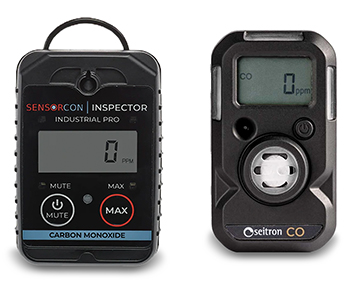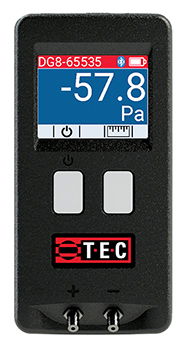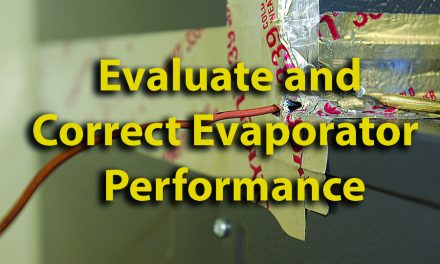
Tools that Matter
You need the right tools to see what you can’t feel. Here are a few to consider:

Micrometer
- A personal CO monitor. A house with pressure issues is a house with a potential CO poisoning hazard, especially when you’re experimenting to see what might be creating larger pressure differences. A personal monitor helps keep you and the occupants safe during your testing and alerts you to a potentially unsafe situation before you even begin testing. In short, it can save lives.
- A digital micro-manometer that reads in tenths of a Pascal. Typical manometers that only read to 0.01 in. w.c. aren’t precise enough for room-to-room differentials or draft testing. One Pascal is approximately equal to 0.004 in. w.c.

- A Roomulator to convert a target Pascal difference into the required CFM and transfer opening dimensions.
Whole-House Diagnostic Basics
Start simple and systematic.
- Baseline: Turn everything off — HVAC, exhaust fans, combustion appliances. Connect a hose to the micro-manometer negative port and route it outside. Then zero it and record the baseline whole-house pressure from inside.
- HVAC on: With only the HVAC running, note the pressure change. If pressure drops, suspect dominant supply leakage. If pressure rises, suspect return leakage. Record the magnitude in Pascals. If pressure stays about the same, significant overall leakage is still a possibility. It just means leakage is about the same on the supply and return.
- Add loads: Close all the interior doors, turn on the kitchen hood, then any bath fans, the clothes dryer, water heater, and furnace — one at a time and in combinations. High-capacity kitchen hoods will move the needle fast; a 600 CFM hood without makeup air can create double-digit negative pressures in a tight house.
- Identify worst-case: document which combinations push the house into the most negative pressure.
- Simulate real life: repeat tests with doors and windows in typical occupant positions to reflect real-time behavior.
This sequence converts the statement that “something feels off” into an actionable set of problems you can fix.
Room-Level Testing and the Three Pascal Rule
If a homeowner tells you a specific room is too hot or too cold all the time, test it. With the HVAC running and the door closed, place your micro-manometer hose under the door (or through a transfer opening).
If the room-to-room differential exceeds about three Pascals (Pa), the return path is insufficient, and you need to add a transfer path.
Above three Pa you’ll need measurable CFM to balance a typical bedroom. Crack the door until you get down to three Pa and use the Roomulator to measure the door gap. Flip the card over to convert that opening into required CFM and then select a solution: door undercut, transfer grille, jumper duct, or ducted return. After installing the transfer, retest. If the differential drops and the comfort complaint clears, you fixed it.
Be mindful of noise and privacy when choosing solutions. A big undercut may solve flow but create noise transfer; a duct or grille can be quieter but cost more to install.
Click Below for the Next Page:













Recent Comments